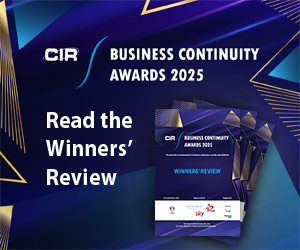The potential insured losses resulting from US wildfires are growing even as their frequency decreases because close to 99m Americans live in the transition zone between unoccupied and developed land, according to the Insurance Information Institute (Triple-I).
The zone, defined as the wildland urban interface, is where structures and human activity intermingle with wildland and vegetative fuels. More than 46m homes with an estimated cumulative value of US$1.3tr are situated within the WUI according to 2022 figures from the US Fire Administration.
Dale Porfilio, chief insurance officer at Triple-I, said: “Insured losses are influenced by the extent of development in the WUI. Developers, homebuyers, lenders, and other stakeholders must seek to understand and respond appropriately to the relationship between a property’s WUI proximity and its risks.”
Triple-I says the correlation between wildfire risk and geography underscores the importance of data gathering and scrupulous analysis when insurers underwrite and price their auto, business, and homeowners policies. Porfilio added: “Even within states that are heavily exposed to wildfire risk, potentially profitable insurance opportunities exist. The use of sophisticated modeling tools is critical to sound, accurate underwriting.”
The August 2023 wildfires in Hawaii were among the deadliest in US history, yet this year the nation is on track to have its fewest number of wildfires dating back to 2014 says Triple-I. It says the total number of US wildfires has generally been on a downward trajectory over the past decade except for 2017 and 2018. The latter years were when the nation’s three costliest wildfires in terms of insured losses occurred in California.
Since that time, state and local authorities have invested heavily to mitigate the human causes of wildfires. In addition, 2021 US federal infrastructure legislation included billions of dollars to support wildfire-risk reduction, homeowner investment in mitigation, and improved responsiveness to fires.
Printed Copy:
Would you also like to receive CIR Magazine in print?
Data Use:
We will also send you our free daily email newsletters and other relevant communications, which you can opt out of at any time. Thank you.











YOU MIGHT ALSO LIKE